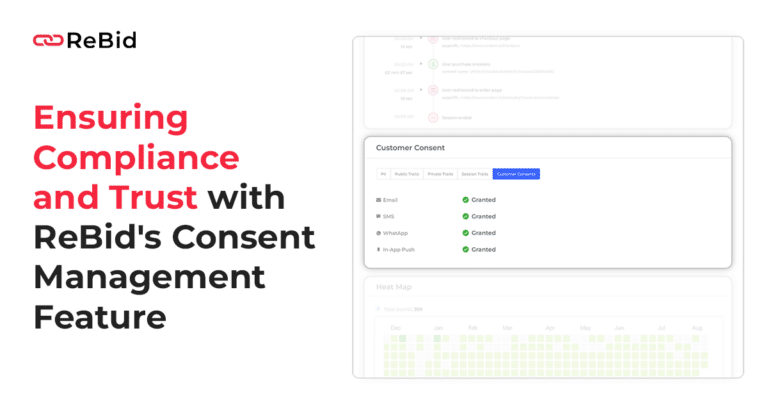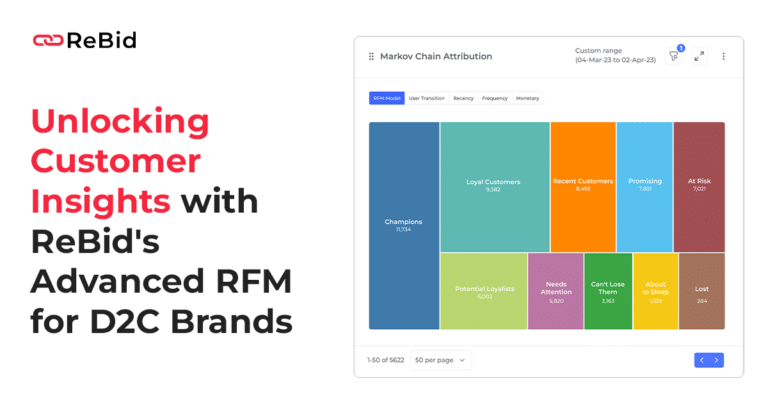Table of Contents
In today’s fast-paced and dynamic marketing landscape, organizations are constantly seeking new ways to optimize their media strategies and drive better results. One approach gaining significant attention is media in-housing, a practice where companies choose to internalize their media functions rather than relying solely on external agencies. When transitioning from an outsourced marketing model to an in-house one, many Chief Marketing Officers (CMOs) can stumble into a series of missteps. Understanding these common mistakes can guide CMOs to successfully manage media in-housing. Here are the top five mistakes:
Underestimating Required Skill Sets
In an attempt to cut costs, some CMOs may assume that their existing team can handle all aspects of media in-housing. However, this often results in subpar performance as the necessary specialized skills for each media type are underestimated. While it’s true that the digital age has facilitated access to tools, mastering them requires time and expertise. It is essential to invest in proper training or hiring specialists to ensure the team is equipped for the task.
Insufficient Planning for Scaling
An initial success does not necessarily mean the in-house team is prepared for scaling. The capacity to handle larger volumes of work without compromising quality and consistency is a key aspect. It is crucial to set scalable systems and processes in place to accommodate growth. Overlooking this could lead to overwhelmed staff, missed deadlines, and ultimately poor results.
Ignoring the Importance of Data Management
In today’s digital world, effective marketing is driven by data. A common mistake CMOs make is failing to put in place a robust data management system. This can result in uncoordinated marketing efforts, wasted resources, and missed opportunities. CMOs should prioritize building a comprehensive data infrastructure that allows for real-time analysis and utilization of customer data.
Overlooking the Importance of Culture and Alignment
Creating a productive and creative in-house team requires building a culture that fosters innovation and cohesion. CMOs who disregard the importance of team dynamics and alignment might find their in-house team struggling with coordination, resulting in inconsistent messaging and unmet targets. It is vital to maintain open communication, regular team building, and shared goals to ensure alignment.
Neglecting Long-Term Strategy for Quick Wins
In an attempt to validate the decision of media in-housing, CMOs can focus too much on short-term gains at the expense of long-term strategy. However, it’s the longer-term perspective that often ensures sustainability and competitive advantage. CMOs need to strike a balance between achieving quick wins and laying a solid strategic foundation for future success.
Media in-housing offers organizations a range of benefits, including enhanced control, transparency, agility, cost efficiency, and valuable data insights. While the decision to transition to an in-house media model requires careful consideration of factors such as resources, expertise, and organizational readiness, it presents an opportunity to unlock the full potential of media strategies, improve marketing performance, and achieve long-term growth. A recent study reveals that 91% of brands have moved at least a part of their digital marketing operations in-house.With the right investments, talent, and technology, media in-housing can empower organizations to take control of their media destiny and drive meaningful results in today’s evolving digital landscape.
At ReBid, we empower marketers to be data driven by unifying all their media under one platform and having a real-time dashboard across all marketing and advertising campaigns which gives actionable insights.





